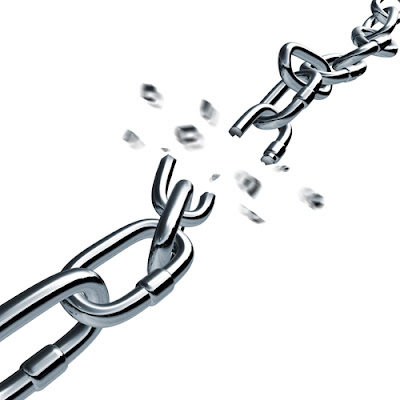Part of being in business is being capable and willing to take risks. In a supply chain, risks are seemingly everywhere and some may be relatively simple to address, whereas others may take time to mitigate. While focusing on how to effectively manage the more common risks within a supply chain as they relate to suppliers, there are a few best practices that can be implemented to lessen the potential of risks taking a turn for the worse. The amount and severity of risks greatly depends on the industry in which the business operates. However, the following best practices will assist in managing various risks that remain similar regardless of industry.
In any relationship, communication is key. It is necessary for businesses to communicate regularly with their suppliers and vice versa to ensure that both sides are on the same page. Setting aside a designated time on a weekly or even monthly basis to check in with the other party will maintain a healthy level of communication. These meetings should be used as an open discussion to evaluate production process, identify any risks that may be present on either side, and implement risk mitigation plans. During these meetings, suppliers and customers have the opportunity to discuss any capacity, capability, forecasting or any other concerns that may pose a risk to either business. Keeping an open line of communication allows each party to address issues or risks they see, in addition to collaborating and developing plans to manage these risks moving forward.
Ultimately, maintaining a great relationship between the business and its suppliers will help manage and reduce risks as they relate to the supply chain. Reviewing and agreeing on a contract’s terms and conditions will lay out how the relationship will work and what is expected of the supplier and the customer. Maintaining clear communication with suppliers makes it easier to collaborate, ensure business is being handled as agreed on, and ensure risks are being identified and reduced as soon as possible. Though there are various risks associated with suppliers, these are a few best practices that will play a key role in identifying these risks and managing them to the best of the business’ ability.
























